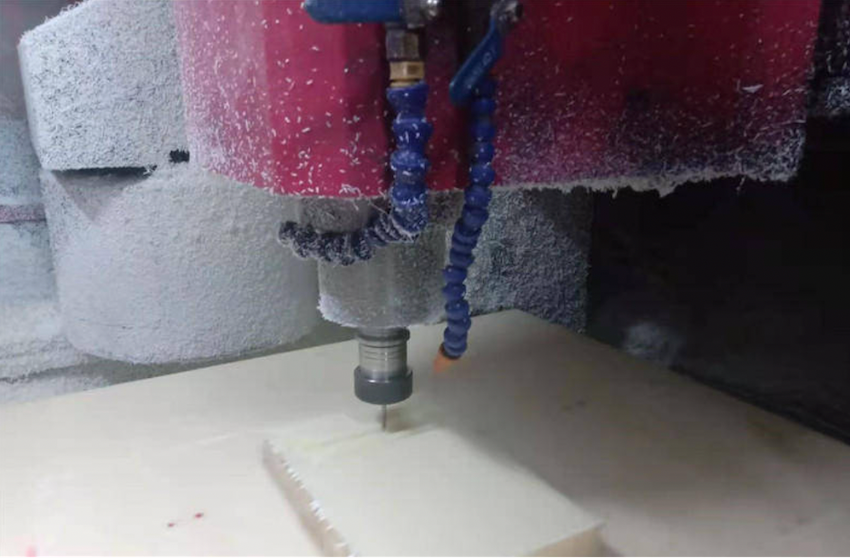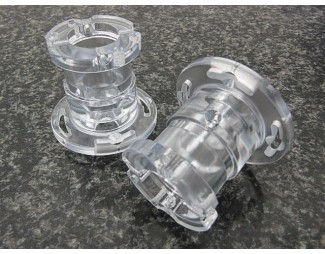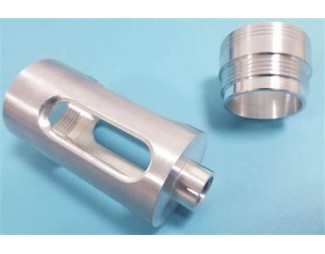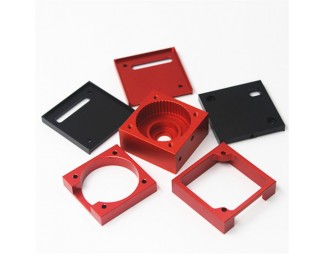How to reduce the defects in the process of plastic prototypes
How to reduce the defects in the production and processing of plastic prototypes?
There are several ways:
1. Rationally use the cooling and lubricating fluid to play the three major functions of cooling, flushing and lubrication, keep the cooling and lubrication clean, control the grinding heat within the allowable range, and prevent thermal deformation of the workpiece. Improve the cooling conditions during grinding, such as using oil-immersed grinding wheels or internal cooling grinding wheels. The cutting fluid is introduced into the center of the grinding wheel, and the cutting fluid can directly enter the grinding area, which plays an effective cooling role and prevents the surface of the workpiece from being burned.
2. Minimize the quenching stress after heat treatment, because the phase transformation of the quenching stress and the network carbide structure can easily cause cracks in the workpiece under the action of grinding force. For high-precision molds, in order to eliminate the residual stress of grinding, low-temperature aging treatment should be carried out after grinding to improve toughness.
3. In order to eliminate the grinding stress, the mold can also be soaked in a salt bath at 260-315°C for 1.5 minutes, and then cooled in oil at 30°C to reduce the hardness by 1HRC and reduce the residual stress. Reduced by 40% to 65%.
4. For precision grinding of precision molds with dimensional tolerances within 0.01mm, attention should be paid to the influence of ambient temperature, and constant temperature grinding is required. It can be seen from the calculation that for a 300mm long steel, when the temperature difference is 3°C, the material will have a change of about 10.8μm (10.8=1.2×3×3, the deformation per 100mm is 1.2μm/°C), and Every finishing process needs to fully consider the influence of this factor.
5. Electrolytic grinding is used to improve the precision and surface quality of mold manufacturing. During electrolytic grinding, the grinding wheel scrapes off the oxide film: instead of grinding metal, the grinding force is small, the grinding heat is also small, and there will be no grinding burrs, cracks, burns, etc., and the surface roughness can generally be better than Ra0.16μm ; In addition, the grinding wheel wears less, such as grinding carbide. The wear amount of the silicon carbide grinding wheel is about 400% to 600% of the weight of the cemented carbide. When electrolytic grinding is used, the wear amount of the grinding wheel is only 50% to 100% of the carbide grinding amount.

Welcome to contact us via enquiry@abcrapid.com to get more information !
Search
Recent Post













